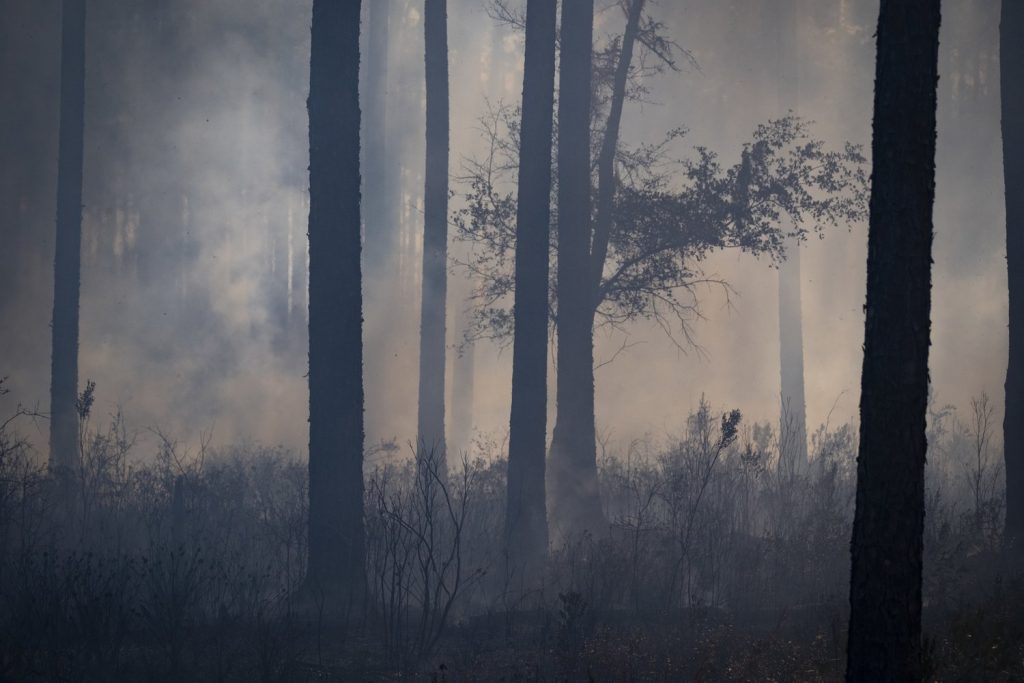📷 USFWS / Tandem
In the heart of America’s wildlands, a crucial mission unfolds as the U.S. Fish and Wildlife Service (USFWS) Fire Management Program (Fire Program) takes center stage. Responsible for a staggering 50% of all prescribed fire acres among the Department of the Interior’s fire agencies, the USFWS is not just an agency but a dedicated guardian of landscapes, wildlife, and communities.
The USFWS Fire Program’s significance goes beyond its size; it stands tall as the primary agency tasked with safeguarding threatened and endangered wildlife and their habitats. In the intricate dance between fire and ecology, the USFWS plays a vital role in conserving some of the nation’s most unique and precious landscapes. Their commitment extends not only to conservation but to fostering a tight-knit, supportive working environment that values its people and takes immense pride in its mission.
Enter a new chapter in this legacy, illuminated by a groundbreaking video project crafted in collaboration with our friend and partner, Ian Shive, from Tandem Stills + Motion. This endeavor aims to do more than capture the flames and smoke, it seeks to inspire the next generation of protectors and stewards eager to advance the USFWS Fire Program’s vital efforts.
Fire Program Video | USFWS / Tandem
Prescribed burns, a cornerstone of the USFWS fire management strategy, are more than just a tool for reducing fuel loads. They are a lifeline for habitats, particularly in delicate ecosystems like the longleaf pine savannas of the Southeast, oak savannas of the Midwest, and prairie ecosystems. In these regions, where the dance of fire and flora is a delicate ballet, prescribed burns breathe life into the landscape. For countless species of plants, pollinators, birds, and other wildlife, these intentional fires create a canvas for regeneration.
Pitcher plant
Beyond reducing the risk of catastrophic wildfires, prescribed burns mimic nature’s rhythm, rejuvenating habitats that have evolved with fire for centuries. Pine savannas, with their open canopies and diverse understories, are a testament to the symbiotic relationship between fire and wildlife. Gopher tortoises find renewed grazing opportunities, red-cockaded woodpeckers thrive in freshly burned longleaf pine forests, and pitcher plants, adapted to fire’s embrace, reemerge from the ashes.
The video project showcases the dance of flames on the landscape and the dance of dedicated professionals who make it happen. It invites viewers into the heart of a working environment that is not just a job but a calling to protect, conserve, and ensure the continuity of our natural wonders.
As wildfires continue to threaten our wildlands, the USFWS Fire Program beckons a new era of conservationists. Through this captivating visual journey, the hope is to ignite a passion for the delicate balance between fire, habitats, and the incredible species that call these landscapes home.

